Going for Gold: What 18k Really Means

Let’s talk about gold – specifically, gold karats. Since our goal is to educate our customers, we’re going to explore different types of gold and share which one is our favorite!
First things first, carat is not the same as karat! We’re not sure who decided to make these words so similar, but not to worry! We’ll fill you in.
Carat is a unit of weight referring to gemstones, like Diamonds, Opals, Turquoise, etc. So a ½ carat Diamond is smaller than a 2 carat Diamond. It does not refer to gold or other metals.
Karat only refers to gold and its purity. Imagine being so special you get your own unit of purity? That’s gold for you.
So how is karat used as a measurement?
Just like the hours in a day, gold’s purity is measured in 24 units (or karats). That said, 24k is the highest level of gold purity. If a piece of gold is 24k, it is 100% (or 99.9%) gold.
Does that mean other karat golds aren’t real?
Of course they are! We’ll break it down for you. Similar to silver, gold in its purest form is quite delicate. It’s shiny and enticing, but it isn’t great jewelry material. For this reason, gold is blended with other metals to form an alloy. When you see “22k”, this means the piece is 22 parts gold and 2 parts of another metal. 22k is still pretty delicate though, and isn’t seen often in jewelry.
When you see “10k”, that means the piece is 10 parts gold and 14 parts other metal. This is the minimal amount of gold an alloy needs to be considered real gold. As you may have guessed, “14k” is 14 parts gold and 10 parts other metal. There can be other combinations, but you will never see anything above 24, since that is the “whole” unit. If you see “999”, this is simply a less common way to state 24k and refers to the percentage of purity out of 100. But it is much more common to see karats used.
What other metals are commonly combined with gold?
The amount and type of other metals added to gold affect the color of the piece. The higher karat golds will be truer to a typical gold color – shiny, yellowish, reflective. Lower karats tend to be lighter in color, but it depends on the metal that is added. For example, when gold is blended with copper, it creates rose gold. Silver or palladium can be added to gold to create white gold. Other commonly added metals include zinc, nickel, iron, and titanium. These metals are added to increase durability.
Which gold is our favorite?

If you’re a long-time Amáli collector, you probably already know we’re obsessed with 18k gold! This is because 18k gold has the perfect balance of durability and malleability without losing its beautiful gold coloring.
If you look at our 18k gold chains, you’ll notice they’re not your typical chains. After all, that’s what makes Amáli unique and different from other jewelry brands. We prefer to weave intricate and unique gold chains to support our equally unique gemstones. If we used 24k gold, the chains would fall apart under our tools! If we used a lower karat gold, say 10 or 14, the alloy would be too hard to work with. 18k is our sweet spot – our gold standard of gold!
Which gold tarnishes the most?
Another reason we love 18k is that it doesn’t tarnish easily. Technically, gold in its pure form wouldn’t tarnish at all. Gold is actually one of the least reactive elements, which means it doesn’t really oxidize. But remember, pure gold is too weak to be formed into beautiful jewelry, and it won’t stand up to everyday wear and tear. 18k has enough parts of gold that it won’t tarnish easily, although it’s still susceptible to some oxidation.
Lower karats, like 10k and 14k, tarnish more easily due to the higher content of nickel or other metals. If you have very sensitive skin or metal allergies, you’ll want to avoid these lower karats, as they may cause irritation. You may, however, choose 10k or 14k gold if you prefer a lighter shade of gold or if you have a very active lifestyle. On the one hand, 10k and 14k tarnish much more easily than 18k. However, with added metals, they tend to hold up better to bumps and scratches.
How to best protect your gold
Even 18k gold is a little bit susceptible to tarnishing. Thankfully, there are ways you can protect your gold jewelry, so you can enjoy it for a lifetime!
First, you should always be conscious of when you’re wearing jewelry. Take your rings off anytime you’re washing dishes, swimming, etc. Take necklaces off if you’re about to participate in a sport or get sweaty. In the event that your jewelry does get damp, dry it off immediately with a non-abrasive cloth.
Next, you should store your jewelry properly. It’s best to use a jewelry box that keeps each piece separate to avoid any scratching. For added protection, you can add a silica gel packet, which keeps jewelry dry. Just be careful if you have any small children in the house, as these can be a choking hazard.
How to style your 18k gold
Gold is so timeless that you can really style it any way you want.
For a gorgeous, elegant look, try one of our textiled bracelets, like this Tanzanite piece. Each gem is carefully cradled by woven 18k gold. This could certainly be an everyday piece, but it pairs best with delicate fabrics. A silky blouse or cashmere sweater would complement it perfectly.
For a more edgy look, pair this bracelet with jeans, a graphic tee, and a smart black blazer. If you were wondering, that’s no basic black chain. It’s oxidized silver, blackened for the perfect contrast with its shiny counterpart – 18k yellow gold. Have you seen a more unique combo??
Going somewhere to turn heads? You’ll feel like Cleopatra herself wearing these eye-catching earrings. Pair them with a black or champagne colored evening gown for a stunning ensemble.
Want something to pass down and keep in the family? This carved Aquamarine Seahorse ring is a work of art! Something to admire on your hand or on display.
So now you know why 18k gold is our absolute favorite! The “18k” isn’t just a stamp of status for us. It’s a gold that doesn’t tarnish easily, but is durable enough to be shaped and worn. It’s not likely to cause skin irritation, and it still has that shiny gold color we’ve come to love. When cared for properly, 18k gold pieces can be loved for a lifetime!
Of course, with so many beautiful gold pieces to choose from, the only question is…Which ones will be your new favorites?
Recommended Articles
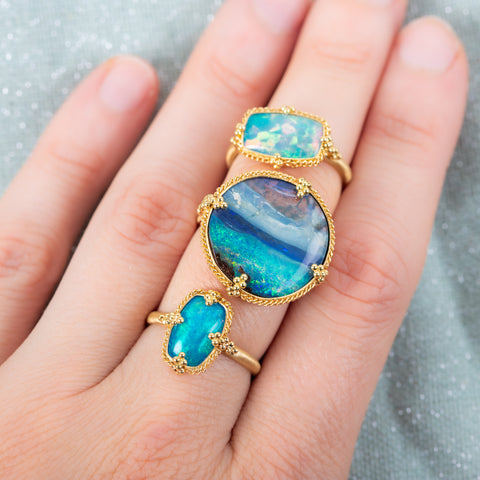
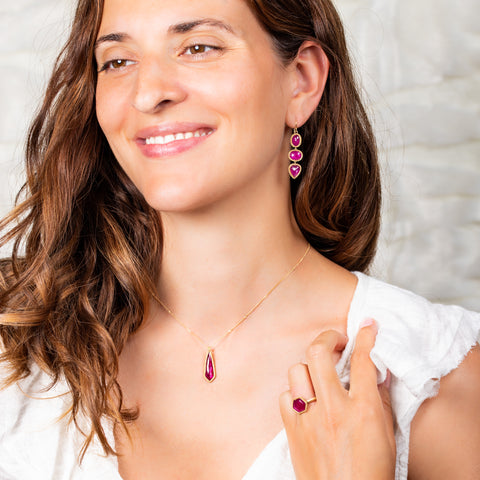


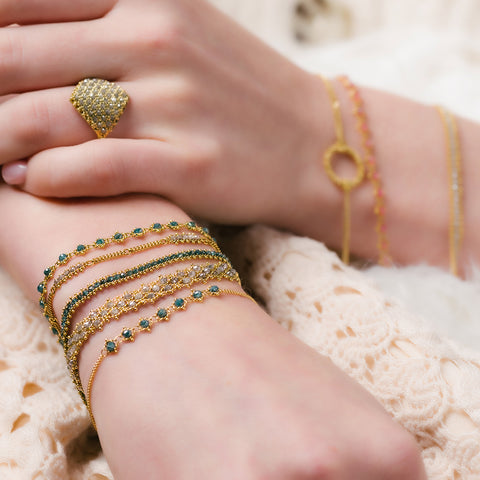



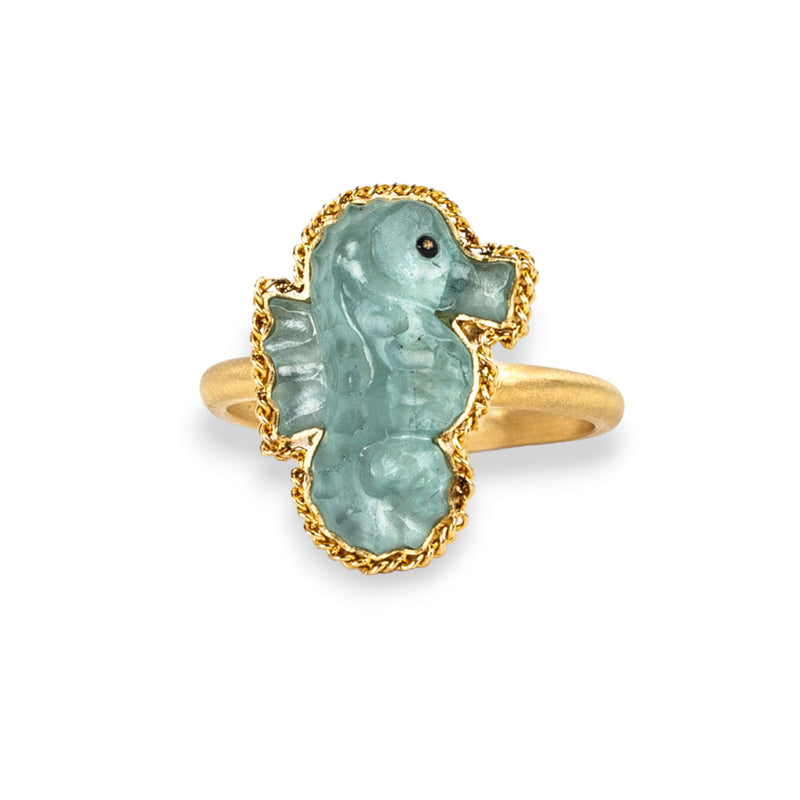
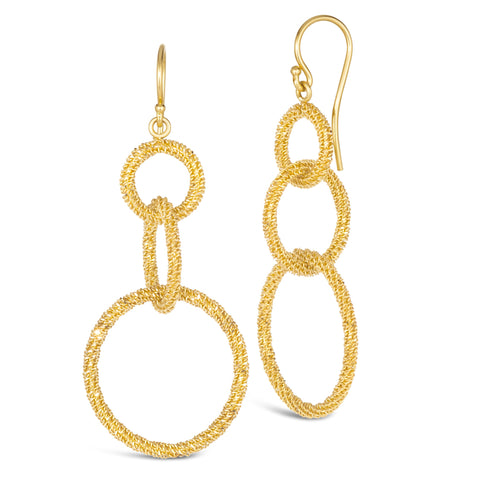

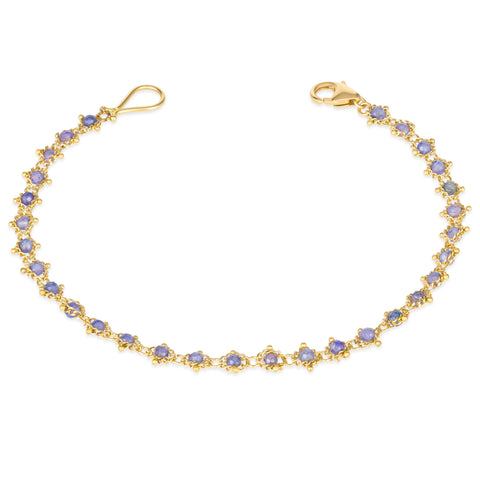
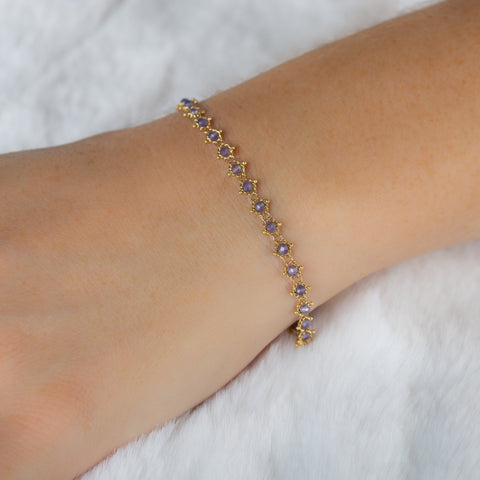
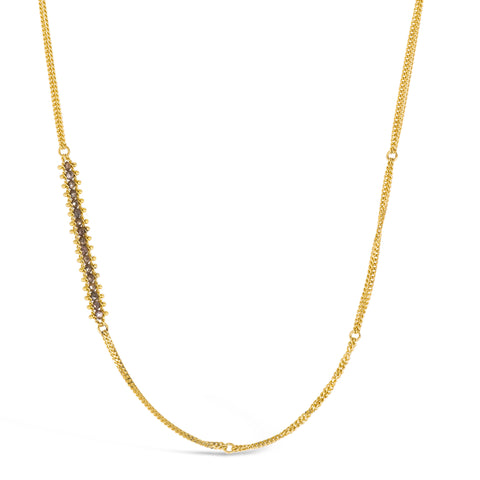
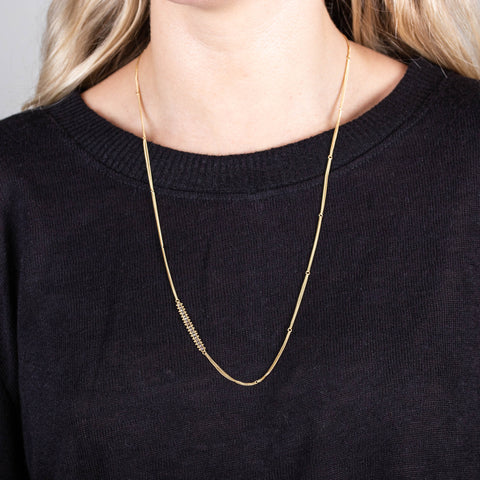
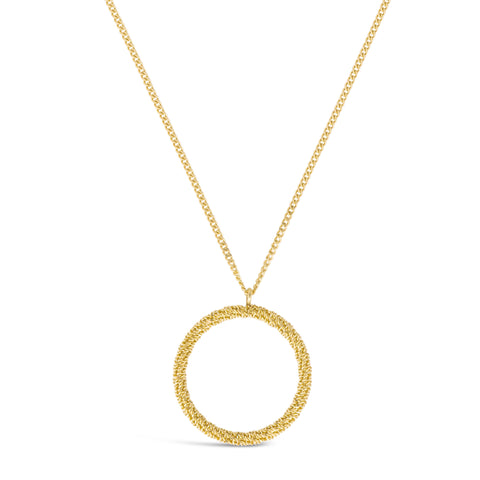

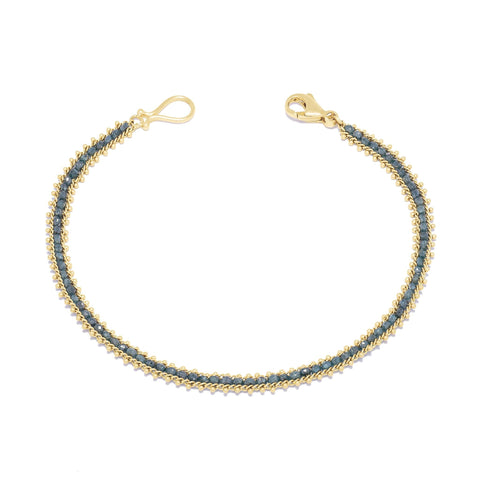

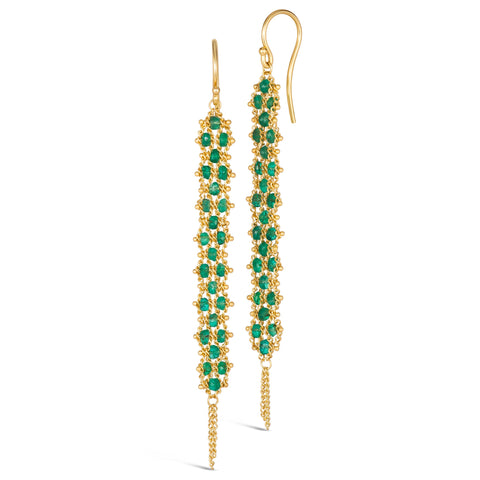

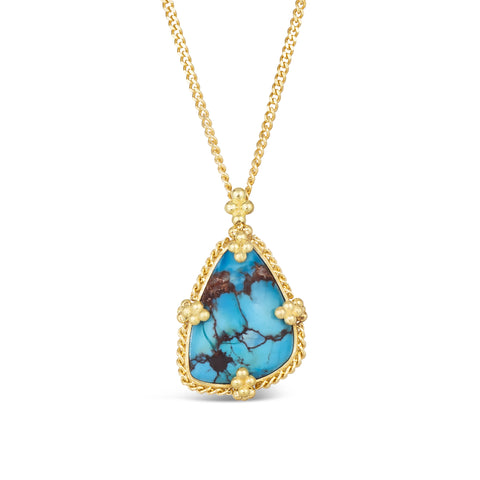

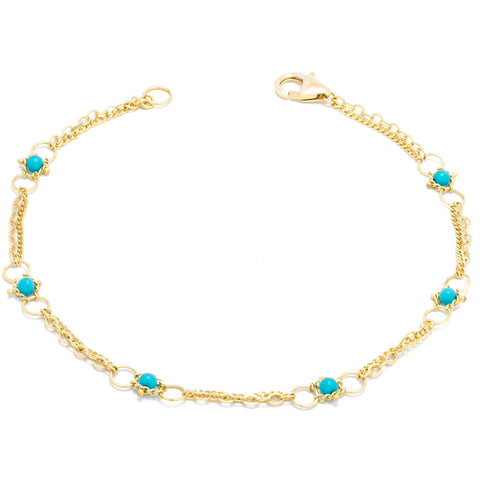

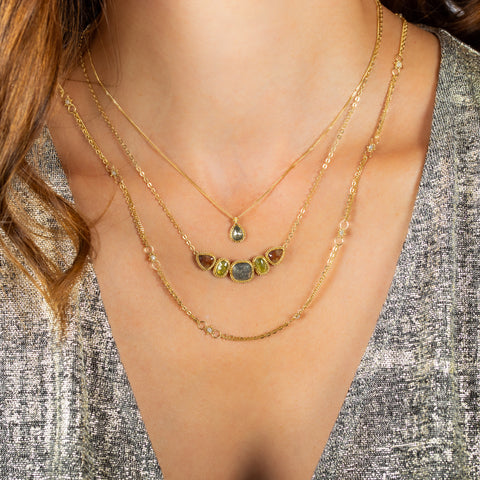
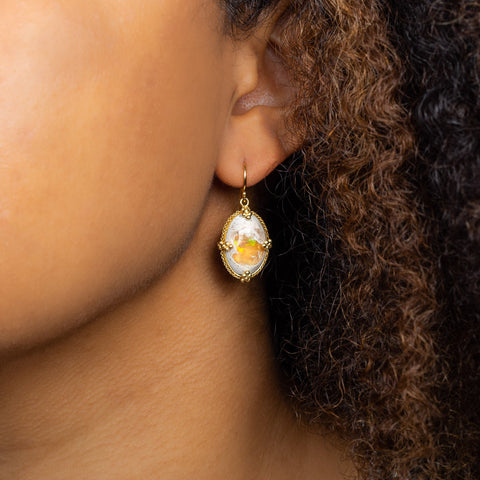

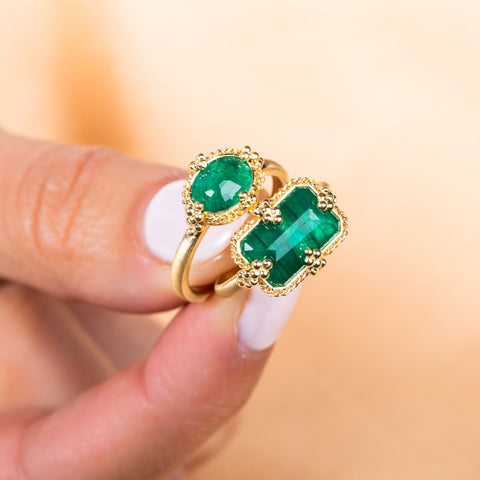
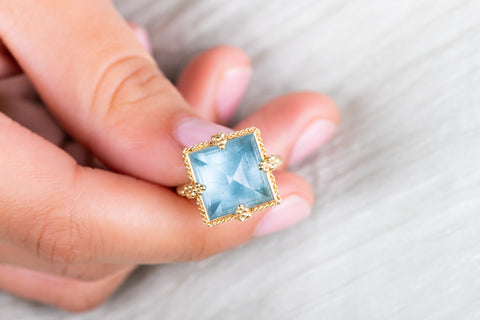
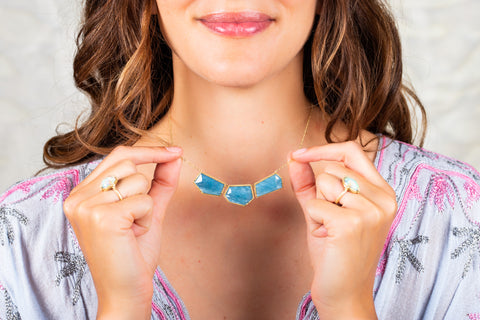
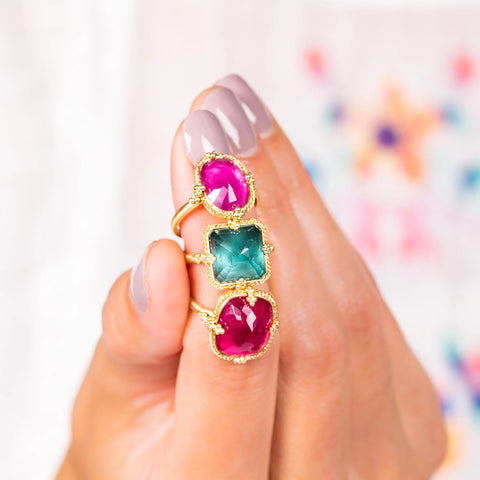
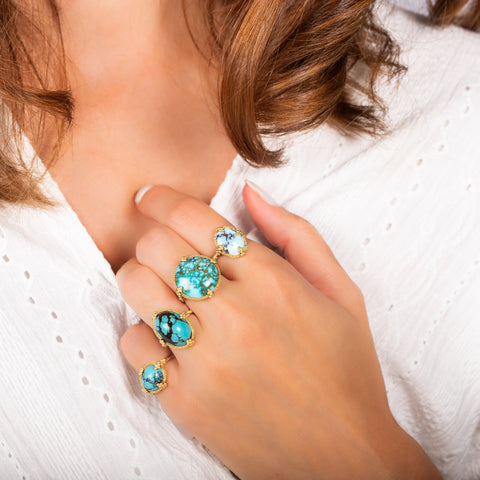
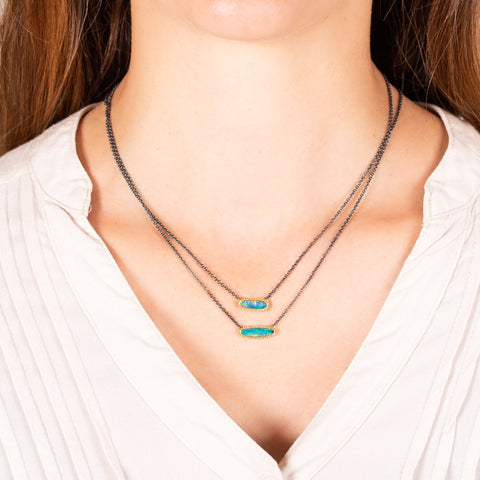
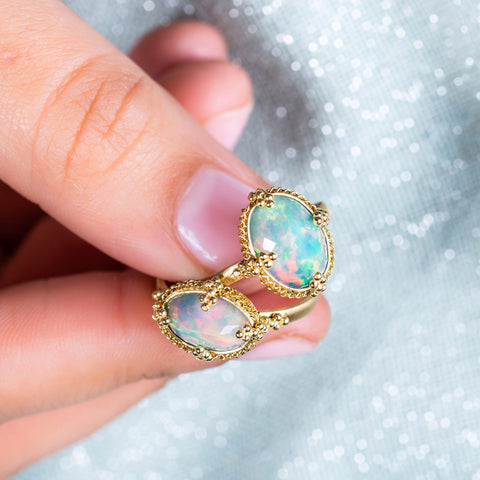

Comments (0)
There are no comments for this article. Be the first one to leave a message!